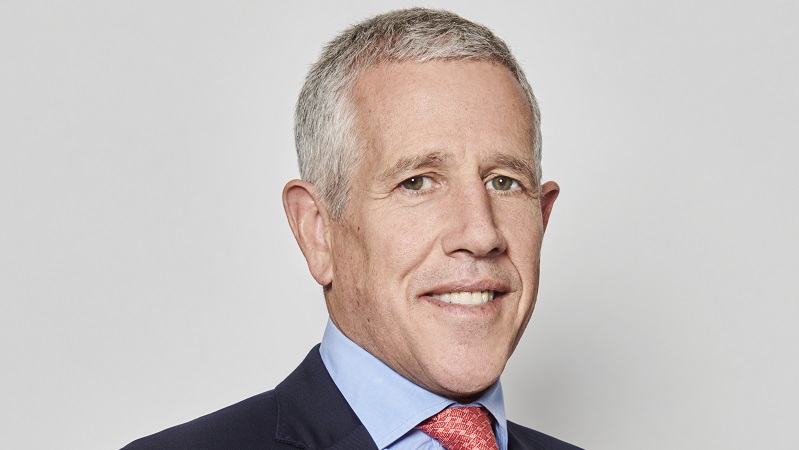The reality is somewhere in the middle, with enough economic growth in China to instil envy in other parts of the world, though not enough to generate serious inflationary pressures. This benign environment is largely the result of the government’s success in managing the nation’s economic cycle (a task that will become more challenging as the economy transitions to a more capitalistic, free-market model).
China inflation
In early 2011, during the early stages of the Chinese monetary tightening process, the market justifiably focused on inflation. Led by food prices, the inflation rate peaked at 6.5% in July. While inflation remains a concern, the fact that it has already reached a peak shows that policymakers have accomplished their key objective of keeping it in check by toning down economic growth. As they approach the end of the tightening cycle, the key question is whether they have tightened too much, making a hard landing more likely.
The aggressive tightening in China, in contrast to developed markets, gives officials plenty of room to implement easing measures to avert a hard landing – which in China’s case is often defined as 7% economic growth. However, we don’t believe that significant easing measures will be necessary.
Chinese officials appear to want the economy to glide down a more sustainable path of long-term growth, perhaps permanently.
The economy has been growing at approximately 10% annually for some time, and we expect it to shift down to a medium growth rate of about 8% before eventually moderating to 6% or so over the longer term. Meanwhile, the government is in the process of engineering a soft landing, with a goal of an 8.5% annual growth rate.
Economic growth and inflation have also taken centre stage in Brazil, one of China’s major trading partners. Brazilian officials have taken a different approach, with less tolerance of a short-term economic slowdown for the sake of controlling inflation. The Brazilian bank has cut interest rates twice since August in part because of global economic weakness.
We don’t expect the Chinese central bank to start cutting interest rates until inflation has dropped below 5%, making any meaningful monetary easing unlikely, although we do anticipate some measures to address liquidity issues relating specifically to small to midsize enterprises.
Brazil providing China urbanisation
Brazil, on the other hand, has already embarked on a multi-meeting easing phase, on the heels of its last tightening move.
We do not see this as the beginning of a global trend that China is likely to follow. Brazilian officials have chosen, at the margin, to risk their fight against inflation in order to ensure that their economy does not slow down significantly.
From an investment standpoint – looking beyond the differences in government priorities – we see attractive companies in both China and Brazil. China ranks well in our country model, and we continue to increase our exposure there.
The Chinese urbanisation process should continue for many years, and the government remains committed to sustaining long-term economic growth and development. While Chinese stocks have a meaningful upside, and are trading at a discount to other emerging markets, our investment process also favours resource-rich Brazil and Latin America in general which should continue to benefit from China’s huge appetite for commodities.
The industry composition of the Brazilian equity market, somewhat perversely, may better reflect the raw-material needs of China rather than Brazil. In fact, indices like the Bovespa and the MSCI Brazil are so heavily tilted toward commodity producers that they can actually offer a better, though indirect, China urbanisation play than China itself. This underscores the value of bottom-up, stock-by-stock analysis in identifying the most promising opportunities, regardless of their location.










